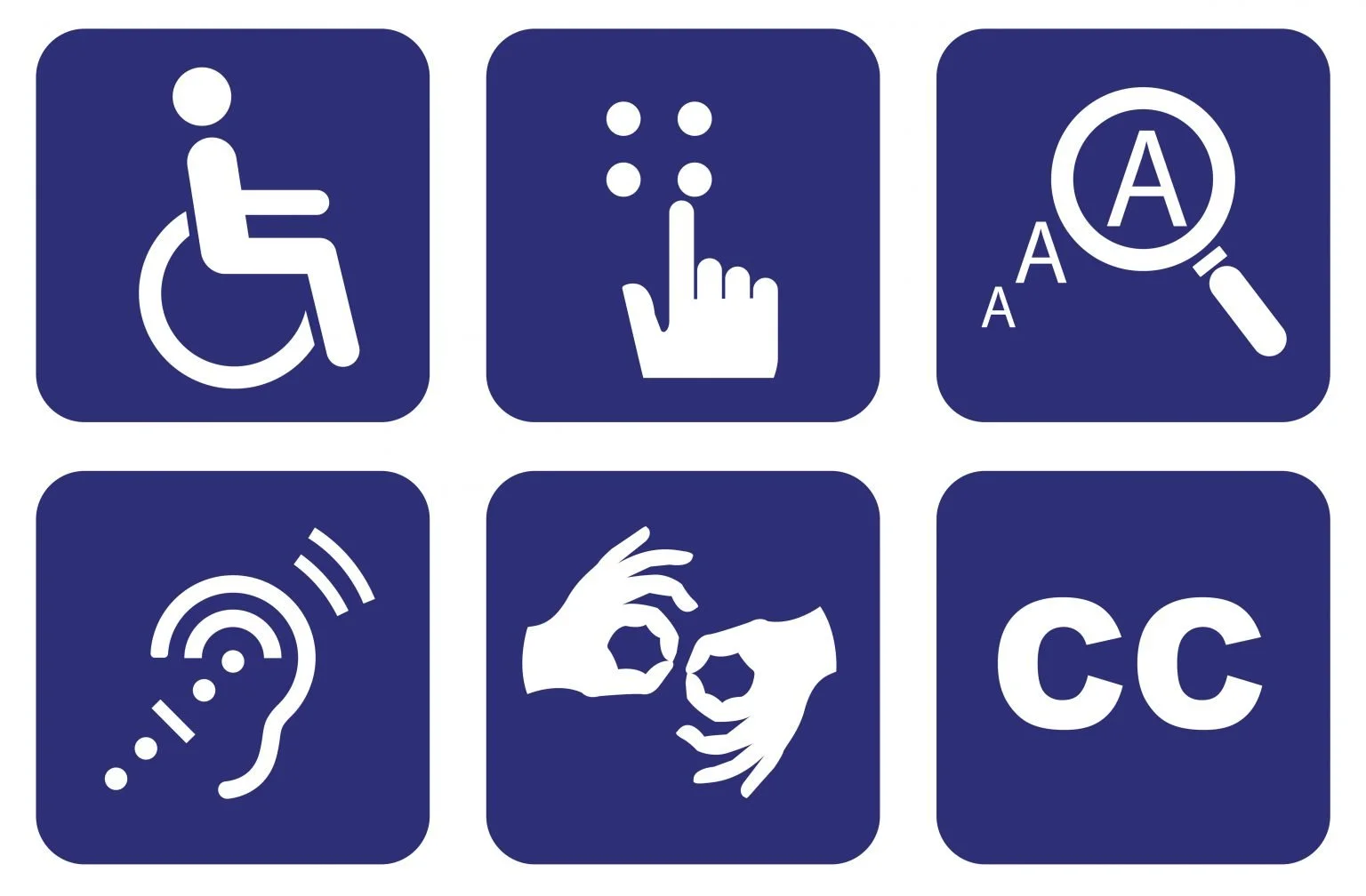WCAG
Web Content Accessibility Guidelines
WCAG are internationally recognized standards for digital content design developed by the World Wide Web Consortium (W3C).
The standards define how websites and digital content should be designed and coded so that individuals with a range of disabilities — visual, auditory, physical, speech, cognitive, language, learning, and neurological disabilities — can use them effectively.
The guidelines benefit people with disabilities, but also improves usability for all users, including older individuals and those using different devices.
Success criterion 2.2.5: Target size
WCAG is divided into numerous individual success criterion. Each criterion is a specific, testable requirement defined under WCAG.
Success criteria (SC) are organized into three levels of conformance: A (minimum), AA (mid-range), and AAA (highest). The criteria allow for objective testing. They are used in design specifications, regulations, and contracts to measure and enforce accessibility
One of the criteria is Success Criterion 2.5.5: Target Size. The criterion is as simple as it sounds. It’s simply a minimum length and width dimension for a target size (a button). In WCAG language…
Goal: Make controls easier to operate, especially on touch screens
Requirement: Make targets at least 44 by 44 pixels
Why it’s important: Some people cannot tap small objects
So, the criterion makes tap selections easier for users to select by making the targets bigger. In the graphic below, the vertical dimension in the image at left shows the minimum button dimension relative to a typical human finger.
How TapSpot helps
TapSpot’s tap targets exceed the requirement for WCAG 2.5.5.
For a common-size mobile screen, e.g., iPhone 16, the screen width = 2.8”. For this size screen, TapSpot’s target size for each selection button is 53 x 53 pixels. In comparison, for the standard QWERTY keyboard on the same size screen, targets are just 27 x 38 pixels.
For a standard-size phone screen, TapSpot exceeds the WCAG 2.5.5 success criterion by 20%.



